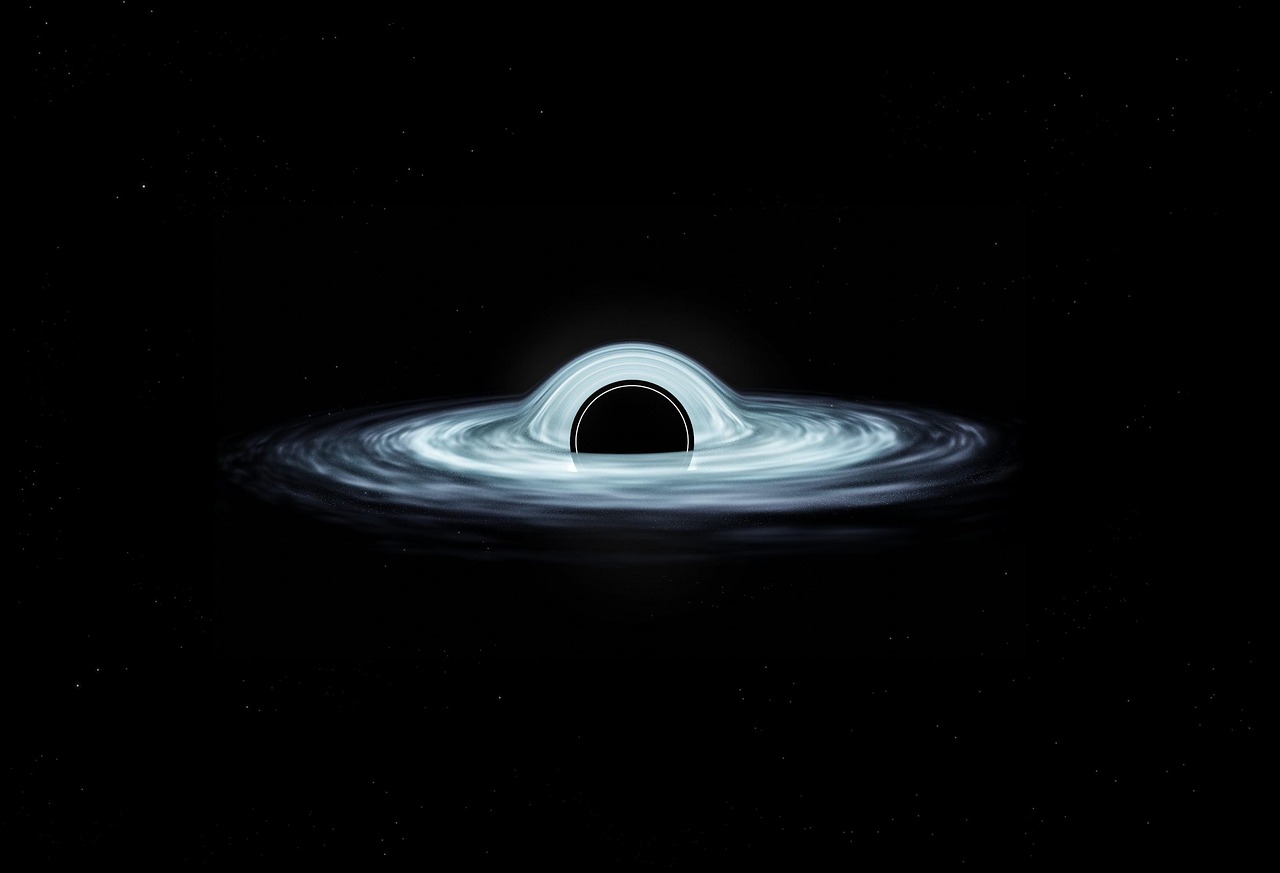Astronomers have achieved a groundbreaking milestone in observational astrophysics by capturing the first radio image of two supermassive black holes orbiting each other. This historic achievement marks a significant advancement in our understanding of these cosmic phenomena and confirms long-standing theoretical predictions about binary black hole systems.
The Discovery at Quasar OJ287
An international research team successfully imaged the binary black hole system at the center of quasar OJ287, an extraordinarily luminous galactic core located billions of light-years from Earth. Quasars emit tremendous amounts of energy as supermassive black holes at their centers consume surrounding cosmic gas and dust. What makes OJ287 particularly remarkable is its brightness—it can be detected even by amateur astronomers using private telescopes.
The research, led by Mauri Valtonen from the University of Turku in Finland, was published in the Astrophysical Journal on October 9, 2025. This achievement builds upon previous black hole imaging successes, including the iconic images of the black hole in the Milky Way’s center and in the galaxy Messier 87, but represents the first time astronomers have observed multiple black holes in a single system.
A Twelve-Year Cosmic Ballet
The two black holes in OJ287 are locked in a twelve-year orbit around each other, creating a distinctive pattern of light variations that repeats with the same period. This orbital dance produces observable effects that help astronomers track the system’s evolution over time.
While the black holes themselves remain invisible due to their nature, they can be detected through the particle jets they produce and the luminous gas swirling around them. The images revealed an especially intriguing feature: the jet emanating from the smaller black hole appears twisted, resembling a rotating garden hose. This twisting occurs due to the smaller black hole’s rapid motion around its larger companion.
Real-Time Observation of Black Hole Motion
The research team notes that the jet will appear to wag back and forth like a cosmic tail as the smaller black hole continues its orbital path, providing scientists with an unprecedented opportunity to observe black hole motion evolving in real time. This death spiral—as the two massive objects gradually draw closer together—offers valuable insights into how binary black hole systems behave and eventually merge.
This breakthrough demonstrates the increasing sophistication of radio astronomy techniques and opens new possibilities for studying gravitational interactions in extreme cosmic environments. As observational technology continues to advance, astronomers anticipate discovering more binary black hole systems and potentially witnessing the final stages of their mergers.
Sources:
https://www.sciencealert.com/two-black-holes-locked-in-a-death-spiral-imaged-in-stunning-first
https://phys.org/news/2025-10-image-black-holes-circling-captured.html
Photo by Evangeliena on Pixabay
